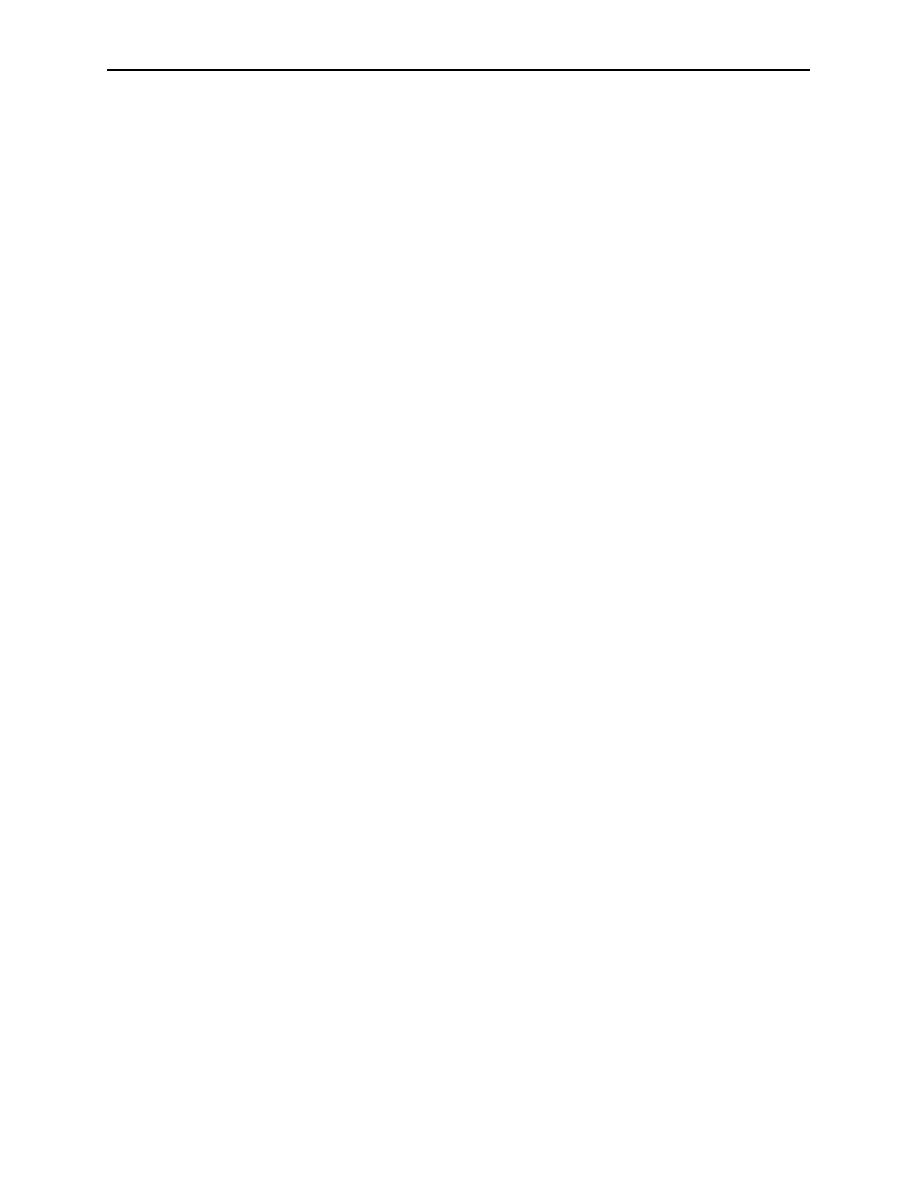
________________________________________________________________________Richard S. Kem
This was my first year of eligibility, so I had thought I hadn't been selected. They don't
reveal names on the alternate list.
This was right at graduation time, so I'm talking about like the 3d to 5th of June in 1971. He
said, "You've just been activated as an alternate and slated against the Naval War College.
Our question is, do you wish to accept?"
I thought, "Well, I'd really rather go to the Army War College." So, I said, "Well, what about
the Army War College. Do I have a choice?" He said, "You have no choice. You can go to
the Naval now, or you can turn it down and go back into the competition for next year."
So, I decided that it was the right time; a rather abrupt change but I probably ought to go. So,
I went on to the Naval War College.
Q:
How many Army officers were there at the Naval War College?
A:
Out of about 300 students, there were 26 Army; about the same number of Air Force officers.
Q:
The Army War College also has Navy officers and Air Force officers, don't they? That's a
deliberate policy?
A:
Well, yes. I'd say there were about 26 Air Force and the balance were Navy and Marines.
Q:
At the Army War College, there would be also Naval officers?
A:
Yes. The number was supposedly 22 our year, as it had been for a couple of years. The Navy
hadn't filled its own share and offered additional slots to the Army, so we had 26 rather than
22.
Q:
What was the curriculum like?
A:
It was basically much like that at our other War Colleges, oriented on national security. The
course was divided into segments. Only one segment was maritime in nature and rather
focused on the Navy and national security operations. The others were all national,
Washington, geopolitical in aspect, and quite a broad well-structured course, I thought.
We had a lot of wonderful speakers who came up. Typically we would be in seminar groups,
work sessions in the morning, and then in the late morning we'd have a very well-known
speaker of some sort, either from academics or Washington or the services. Then we had a
question and answer period, and some smaller group of students, maybe 8 to 12, would go to
lunch with the speaker with another question and answer period. Then in the afternoon the
speaker would interact with another group in a seminar kind of session.
We signed up for those lunches and seminars we wished to attend. I thought it was a really
great, broadening kind of thing, plus an opportunity for exposure to a lot of nationally known
folks.
141


 Previous Page
Previous Page
